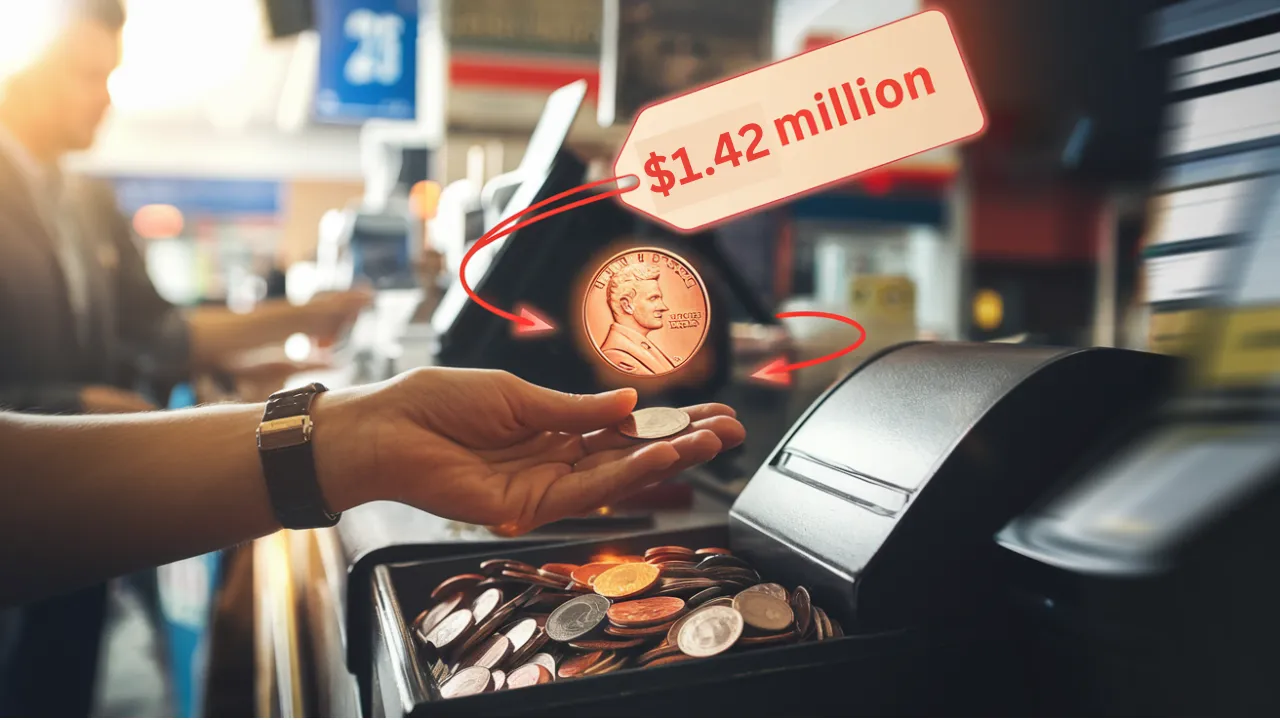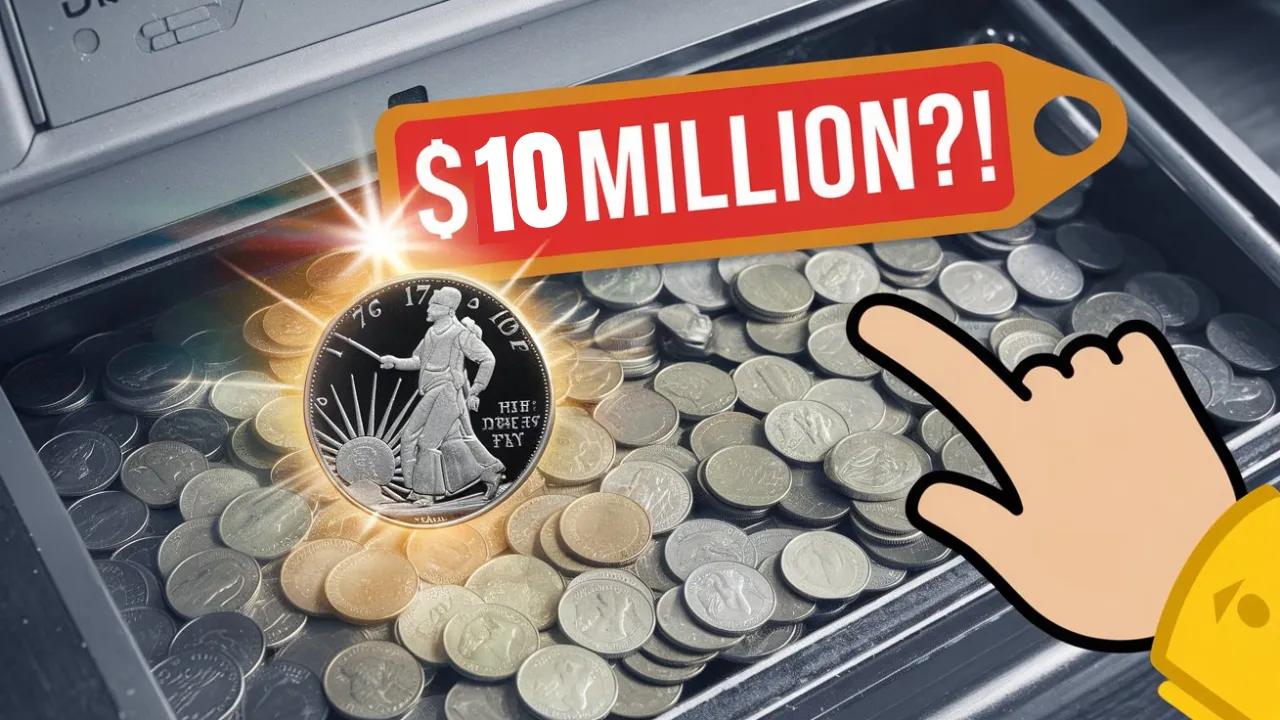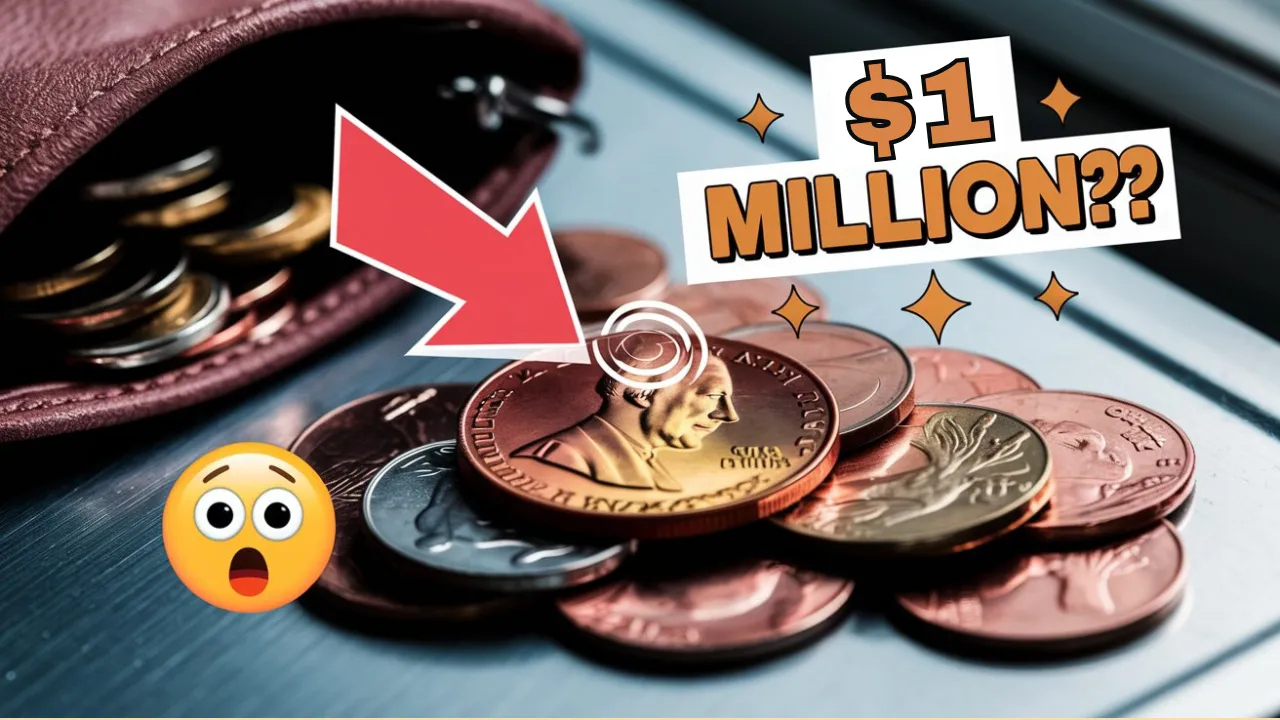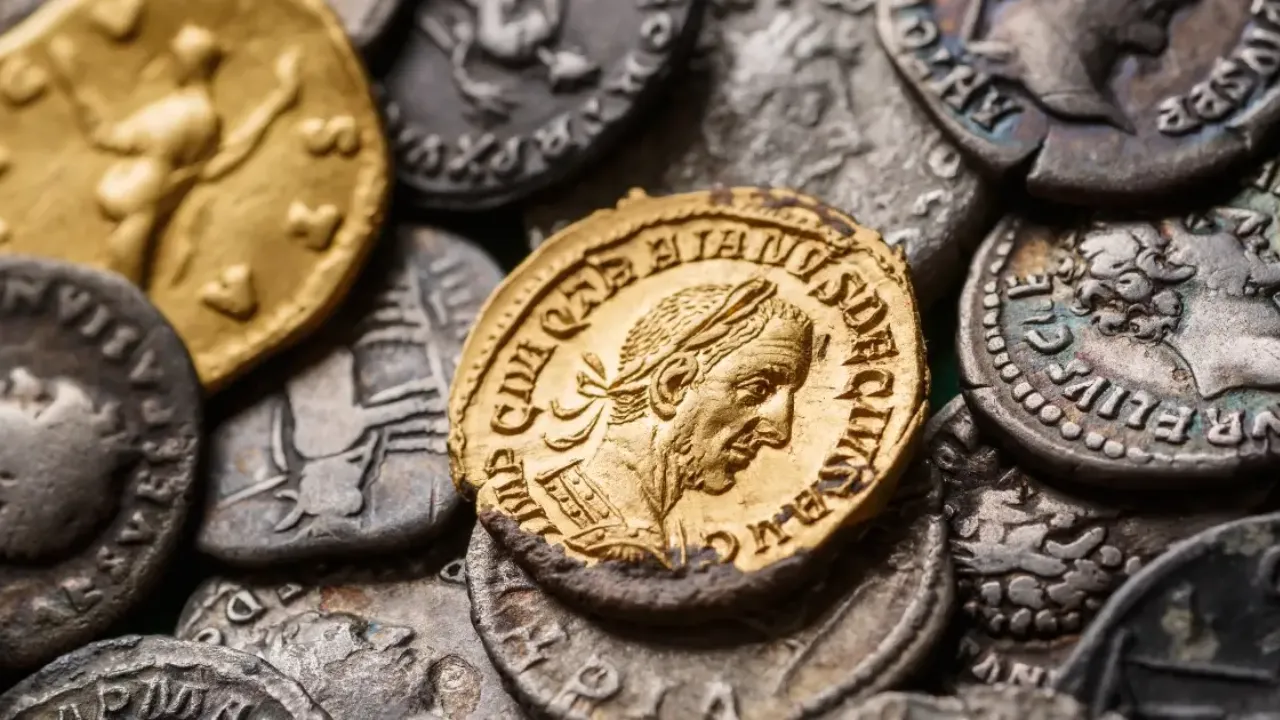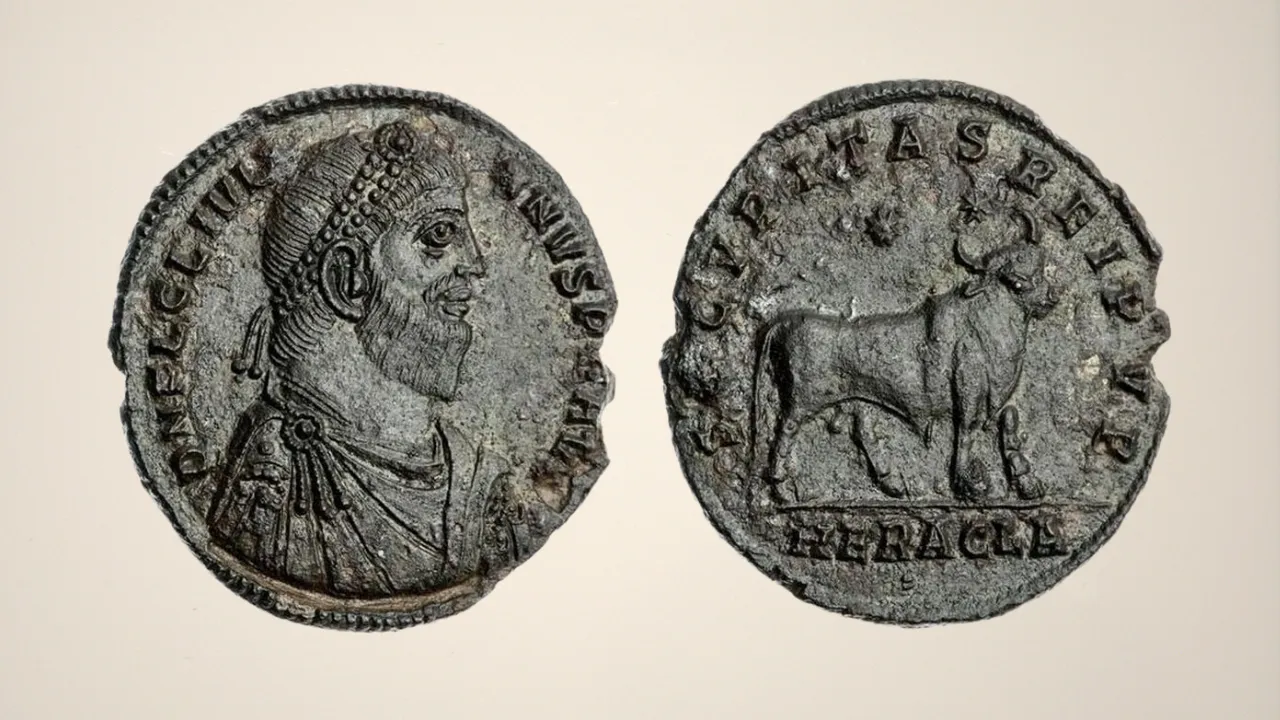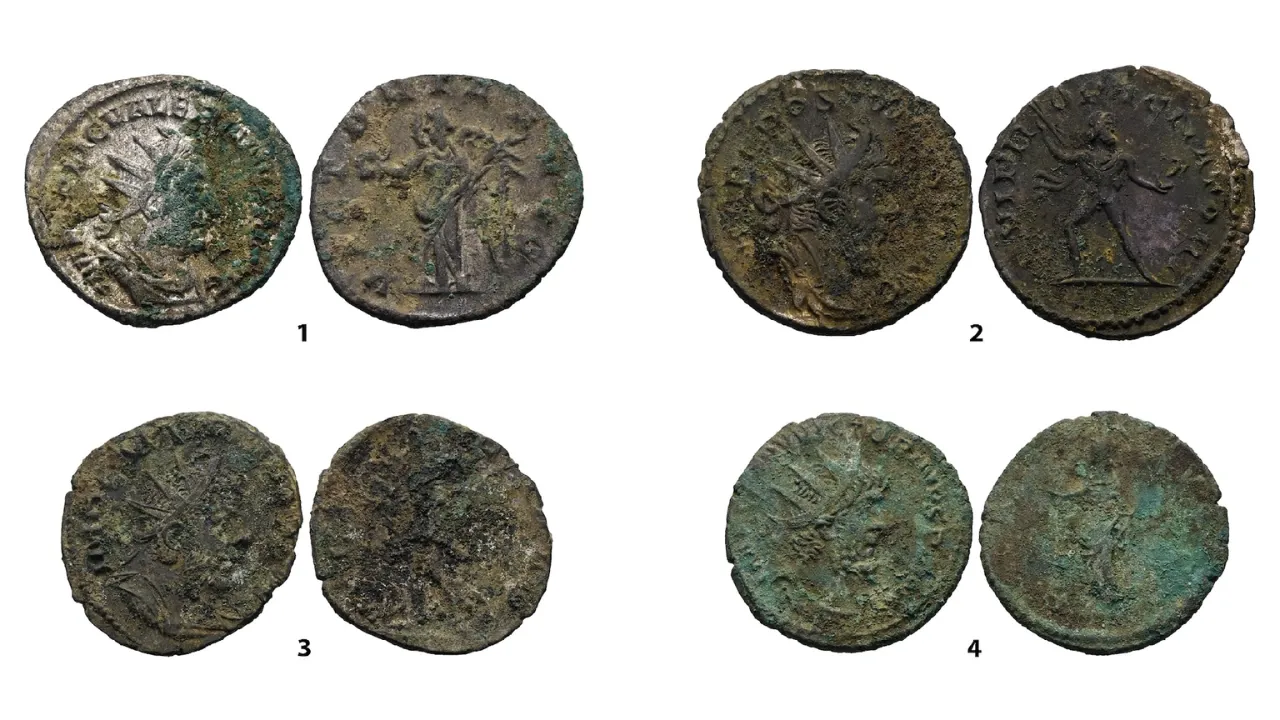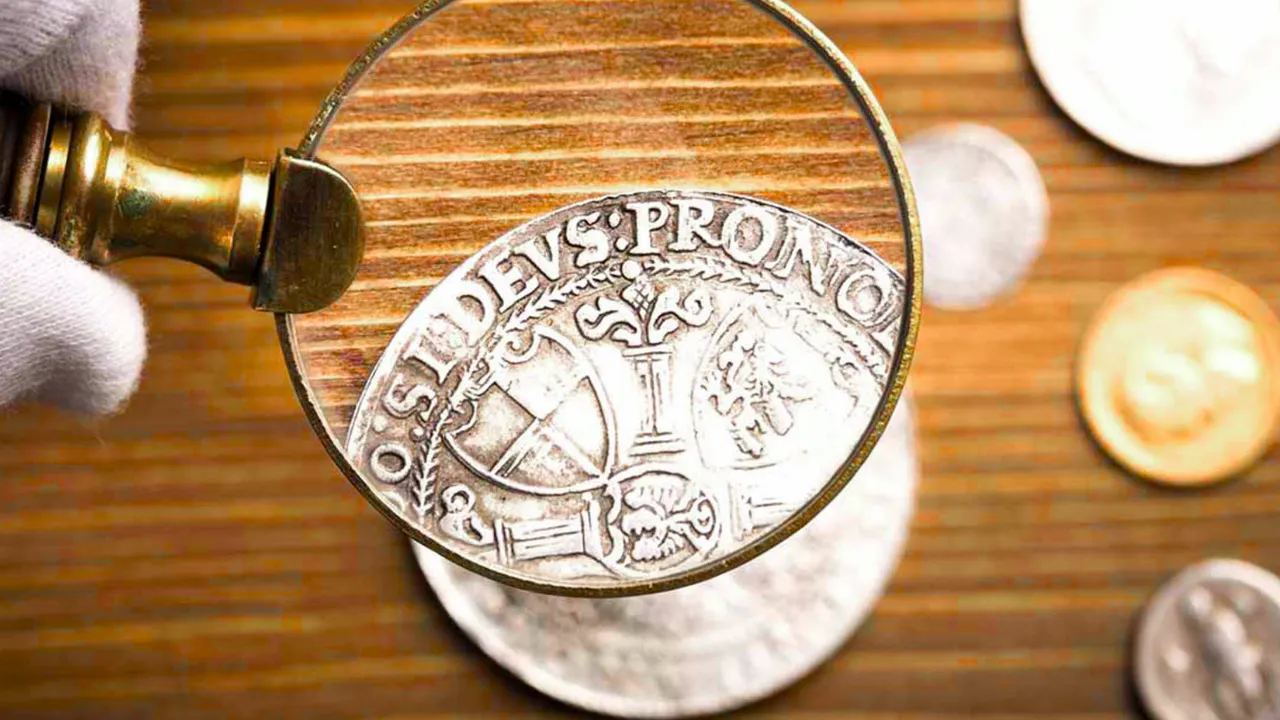The Lincoln Wheat Penny Valued at $1.42 Billion: The Lincoln Wheat Penny is more than just a piece of spare change—it’s a symbol of history, craftsmanship, and hidden treasure. For decades, this coin has fascinated collectors and enthusiasts with its unique design and historical significance. But did you know that one of these seemingly ordinary pennies is valued at an astounding $1.42 billion? Yes, you read that right! Somewhere in circulation, a penny with this jaw-dropping value might still exist, waiting to be discovered.
In this article, we’ll explore the history, design, and rare variations of the Lincoln Wheat Penny. You’ll learn what makes some of these coins worth millions, how to identify them, and why their legacy continues to captivate coin enthusiasts worldwide. So, grab your loose change, and let’s dive into the incredible story behind one of America’s most iconic coins.
Quick Overview of the Lincoln Wheat Penny
| Feature | Details |
| Introduced In | 1909 |
| Designer | Victor David Brenner |
| Material Composition | 95% Copper, 5% Tin and Zinc |
| Key Variations | 1943 Bronze Penny, 1909-S VDB Penny |
| Historical Purpose | Celebrates Abraham Lincoln’s 100th Birthday |
| Most Valuable Penny | Valued at $1.42 Billion |
| Collectible Factors | Date, Mint Mark, Condition, Rarity |
The Story Behind the Lincoln Wheat Penny
The Lincoln Wheat Penny was introduced in 1909 to honor President Abraham Lincoln on his 100th birthday. Designed by Victor David Brenner, this was the first U.S. coin to feature a real person—a groundbreaking design choice at the time.
Design Significance:
- Obverse (Front): A side-profile portrait of Abraham Lincoln, symbolizing unity and leadership.
- Reverse (Back): Two wheat stalks surround the words “ONE CENT,” symbolizing America’s agricultural heritage.
Initially minted with 95% copper, these coins remained in production until 1958. During World War II, due to copper shortages, pennies were briefly minted in steel, leading to rare variations that are now worth a fortune.
Why Is One Lincoln Wheat Penny Worth $1.42 Billion?
Not all Lincoln Wheat Pennies are valuable, but a few rare variations have skyrocketed in price due to their scarcity, historical value, and collector demand.
1. Rare Variations:
- 1943 Bronze Penny: In 1943, pennies were primarily made of steel. However, a few bronze pennies were mistakenly minted, making them extremely rare and valuable.
- 1909-S VDB Penny: The first batch of Lincoln Wheat Pennies from San Francisco included the designer’s initials “VDB” on the reverse, making them highly collectible due to their limited production.
2. Exceptional Condition:
Coins preserved in “mint state” or “uncirculated” condition are highly prized because they retain their original luster and details.
3. Historical Importance:
Every rare Lincoln Wheat Penny carries a unique story, whether it’s tied to wartime shortages, minting errors, or historical milestones.
4. Auction Demand:
Passionate collectors drive prices higher in auctions, turning rare pennies into multimillion-dollar treasures.
Can You Still Find a Rare Lincoln Wheat Penny in Circulation?
Surprisingly, the answer is yes. Rare Lincoln Wheat Pennies occasionally show up in coin jars, old collections, or even regular pocket change. While it’s a long shot, the possibility keeps coin collectors excited and hopeful.
How to Spot a Valuable Lincoln Wheat Penny:
- Look at the Date: Check for years like 1909 and 1943.
- Inspect the Mint Mark: Coins with “S” (San Francisco) or “D” (Denver) mint marks are often rarer.
- Check the Weight: A 1943 Bronze Penny weighs 3.11 grams, while a steel penny weighs 2.7 grams.
- Look for Errors: Double-stamping, off-center strikes, or other minting mistakes can significantly increase a coin’s value.
Factors That Make Lincoln Wheat Pennies Valuable
Several factors influence the extraordinary value of certain Lincoln Wheat Pennies:
1. Rarity:
Coins produced in limited quantities or with errors are always in high demand.
2. Condition:
Coins in near-perfect condition, free from scratches or marks, are worth significantly more.
3. Historical Significance:
Coins tied to historical events or specific eras, like World War II, carry additional value.
4. Collector Demand:
A passionate collector base can drive auction prices to record-breaking levels.
Famous Discoveries and Auctions
Some Lincoln Wheat Pennies have fetched jaw-dropping amounts at auctions:
- A 1943 Bronze Penny was sold for over $1.7 million.
- A 1909-S VDB Penny in mint condition reached a value exceeding $100,000.
These stories inspire collectors and reinforce the excitement of treasure hunting through loose change.
The Enduring Legacy of the Lincoln Wheat Penny
The Lincoln Wheat Penny isn’t just a coin—it’s a piece of American history. Its iconic design, rare variations, and cultural importance make it a prized possession among collectors.
For beginners, collecting Lincoln Wheat Pennies is a great way to start a coin collection. Building a complete set of these historic coins, including various mint years and rare errors, can be both rewarding and valuable.
Modern Pennies to Watch Out For
While most modern pennies aren’t highly valuable, some rare errors and variations are worth checking:
- 1969-S Doubled Die Penny
- 1982 Small Date Copper Penny
- 1992 Close AM Penny
These coins may not reach billion-dollar valuations but can still command impressive prices.
Tips for New Coin Collectors
If you’re inspired to start collecting coins, here are a few tips:
- Learn the Basics: Study coin mint marks, variations, and grading systems.
- Start Small: Focus on affordable but interesting coins.
- Invest in Tools: A magnifying glass and coin holder are must-haves.
- Join a Community: Engage with other collectors online or in local clubs.
- Be Patient: Valuable collections take years to build.
Conclusion: Is the Billion-Dollar Penny in Your Pocket?
The Lincoln Wheat Penny valued at $1.42 billion represents the perfect blend of history, rarity, and collector passion. Whether or not you ever find such a valuable penny, the joy of collecting lies in the stories behind each coin.
So, the next time you receive a penny as change, take a closer look—you might just be holding a small yet priceless piece of history.
Start your treasure hunt today, and happy collecting!
